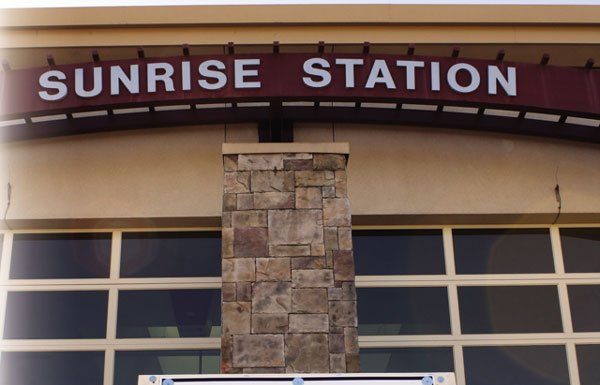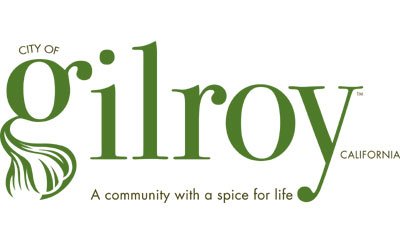Meet the candidates for Gilroy City Council
On the Nov. 5 general election ballot is the race for three seats on the Gilroy City Council. All three incumbents are running for reelection, and three political newcomers are challenging them.
Six candidates are running for Gilroy City Council, and voters can select up...
Council members keep $64,000 in annual health benefits
Councilman Perry Woodward's motion to save costs by cutting
City wages war on payday lenders
City Council is coming after check cashing and payday loan businesses with torches and pitchforks, following a disparaging critique of the industry that could potentially shut such operations down in Gilroy.
As Sunrise closes, union opens PR campaign
Residents of northwest Gilroy received an early Halloween scare
Adios, Chips N’ Salsa … Hello, wine bar!
Plagued by rowdy customers, unsympathetic city officials and
Stately trees slated for the saw
Four stately 100-year-old trees lining Fifth Street in Gilroy will soon be absent from the neighborhood skyline, and some aggrieved homeowners are questioning Gilroy’s commitment to live up to its “Tree City USA” moniker.
Population rises, but still less than 50K
Gilroyans should get ready to see a new population total on the
Tobacco license ordinance moves forward
City officials are moving forward with a plan to ensure any access minors might have to tobacco products behind the counter is cut off. On Monday night, City Council voted unanimously to proceed with the preparation of an ordinance that would, if formally adopted at a future meeting, require that tobacco retailers pay to obtain an annual license through the city.





















